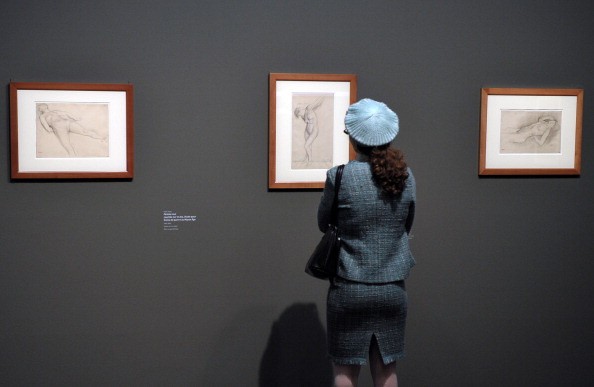
Once up for auction on the internet as "fake," experts recently verified the authenticity of the million-dollar Edgar Degas brothel scene.
'Éloge du Maquillage' had long been considered missing. The pastel is now estimated to be worth up to $13 million after being reattributed to the famous French artist.
The buyer discovered the artwork online when it was listed as a "fake" Degas and engaged in a fierce bidding war. Even though it was sold for a significant amount more than the original offer, the $1,000 starting price made it a great deal.
The seller received the painting as an inheritance from his ancestor, the former president of Banco Sabadell and collector Joan Llonch Salas. The seller believed the artwork could not be an original, but it included Degas' signature signage.
Therefore, he advertised the post with documents proving it was purchased in 1940.
Expert Michel Schulman, the author of the artist's online catalog raisonné, concluded that it is most likely 'Éloge du maquillage' (In praise of cosmetics), a scene from a brothel that Degas painted in 1876.
According to El Nacional, industry experts have estimated the value of the real Degas, which was just discovered to be worth between $8 million and $13 million.
The painting was determined to be authentic by Shulman with the help of art historians Judith Urbano and Álvaro Pascual, alongside consultant Juan Arjona Rey of Consultores Rey.
After an exhaustive analysis of pigments, a study with X-rays, photographs, and other techniques, the painting was confirmed to be an official Degas.
Artist Julián Bastinos bought the piece from Degas in 1887 for $3,000, an exchange proven by its mention in a letter sent to Jean-Baptiste Faure. It went to his brother Antonio J. Bastinos after Bastinos died in 1918.
During the Spanish Civil War, the painting was kept in storage at the Pedralbes monastery until it was seized by Spanish authorities in 1934.
It was returned to the Bastinos family in 1939 and sold for 3,000 pesetas to Salas in 1940. Its last known location was in 1952 when Salas loaned it to the Gaspar Art Gallery in Barcelona for an exhibition.